What is 316 stainless pipe?
316 stainless pipe is a hollow long circular steel material. It is mainly widely used in industrial transportation
pipelines and mechanical structural components such as petroleum, chemical industry, medical treatment, food, light industry, mechanical instrumentation, etc. In addition, when the bending and torsional strength are the same, the weight is lighter, so it is also widely used in manufacturing mechanical parts and engineering structures. It is also commonly used to produce various conventional weapons, gun barrels, artillery shells, etc.
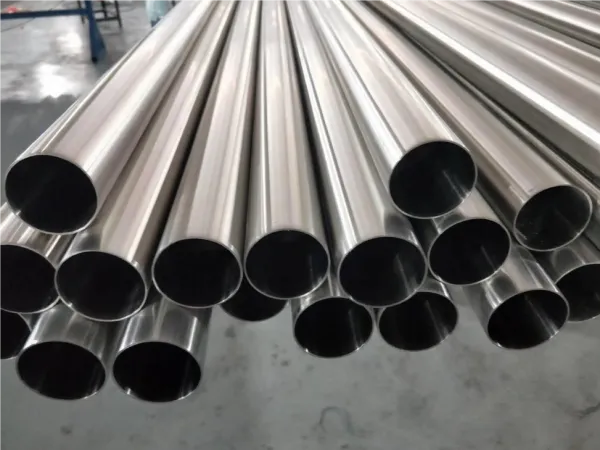
316 stainless pipe is commonly used in gas/oil/petroleum, aerospace, food and beverage, industrial, cryogenic, construction and marine applications. 316 stainless steel has high strength and excellent corrosion resistance, including in marine or extremely corrosive environments. 316 is stronger than 304 but less ductile and workable, but retains its properties at low or high temperatures. 316 tubing is available in full size and custom cut lengths.
Common industrial applications of 316/316L stainless steel pipes
316/316L stainless steel pipes can withstand longer high temperatures than
304/304L stainless steel pipes, have better corrosion resistance, and have excellent weldability. It has many applications:
Chemical industry: chemical containers, pressure vessels, industrial equipment
Water Treatment: Woven or Welded Strainers for Water Filtration
Pulp and Paper: Used in paper machines to avoid iron contamination.
Automotive: Threaded fasteners, springs and furnace components
Medical: Medical Devices and Orthopedic Implants
Dentistry: dental implants, orthodontic appliances, various dental instruments
Semiconductors: Semiconductor Manufacturing Equipment and Cleanroom Environments
Food Processing: Food Preparation Surfaces, Equipment and Utensils
Aerospace: aircraft structures, fasteners, turbine blades and exhaust systems
1. Austenitic 1Cr17Mn6Ni5N nickel-section steel, replacing the grade 1Cr17Ni7, has magnetic properties after cold working. For railway vehicles.
2. 1Cr18Mn8Ni5N nickel-saving steel grade, replacing the grade 1Cr18Ni9
3. 1Cr17Ni7 has high strength after cold working. Railway rolling stock, conveyor belts, bolts and nuts
4. 1Cr18Ni9 has high strength after cold working, but its elongation is slightly worse than 1Cr17Ni7. Decorative components for construction.
5 Y1Cr18Ni9 improves cutting and ablation resistance. Most suitable for automatic lathes. Bolts and nuts
6. Y1Cr18Ni9Se improves cutting and ablation resistance. Most suitable for automatic lathes. rivets, screws
7. 0Cr19Ni9 is the most widely used stainless heat-resistant steel in food equipment, general chemical equipment, and the atomic energy industry.
8. 00Cr19Ni11 is a steel with lower carbon content than 0Cr19Ni9 and has superior intergranular corrosion resistance. It is a type of component that does not undergo heat treatment after welding.
9. 0Cr19Ni9N Add N to the grade 0Cr19Ni9 to increase the strength without reducing the plasticity. Reduce the thickness of the material. As a structural strength component
10. 0Cr19Ni10NbN Add N and Nb to the brand name 0Cr19Ni9, which has the same characteristics and uses as 0Cr19Ni9N
11. 00Cr18Ni10N Add N to the grade 00Cr19Ni11. It has the same characteristics as the above grades and has the same use as 0Cr19Ni9N, but has better intergranular corrosion resistance.
12. 1Cr18Ni12 has better work hardening properties than 0Cr19Ni9. Spinning processing, special drawing, cold heading
13. 0Cr23Ni13 has better corrosion resistance and heat resistance than 0Cr19Ni9
14. 0Cr25Ni20 has better oxidation properties than 0Cr23Ni13. In fact, it is mostly used as heat-resistant steel.
15. 0Cr17Ni12Mo2 has better corrosion resistance than 0Cr19Ni9 in seawater and various other media. Mainly used as pitting corrosion resistant materials.
16. 0Cr18Ni12Mo2Ti is used in equipment resistant to sulfuric acid, phosphoric acid, formic acid and acetic acid, and has good resistance to intergranular corrosion.
17. 00Cr17Ni14Mo2 is an ultra-low carbon steel of 0Cr17Ni12Mo2, which has better resistance to intergranular corrosion than 0Cr17Ni12Mo2.
18. 0Cr17Ni12Mo2N Add N to the brand 0Cr17Ni12Mo2 to increase the strength without reducing the plasticity and reduce the thickness of the material. Made of high-strength components with better corrosion resistance
19. 00Cr17Ni13Mo2N Add N to the brand 00Cr17Ni14Mo2. It has the same characteristics as the above brands and has the same use as 0Cr17Ni12Mo2, but has better crystal corrosion resistance.
20. 0Cr18Ni12Mo2Cu2 has better corrosion resistance and pitting corrosion resistance than 0Cr17Ni12Mo2. For use in sulfuric acid resistant materials
21. 00Cr18Ni14Mo2Cu2 is an ultra-low carbon steel of 0Cr18Ni12Mo2Cu2, which has better resistance to intergranular corrosion than 0Cr18Ni12Mo2Cu2
22. 0C19Ni13Mo3 has better pitting corrosion resistance than 0Cr17Ni12Mo2. Dyeing equipment materials, etc.
23. 00Cr19Ni13Mo3 is an ultra-low carbon steel of 0Cr19Ni13Mo3, which has better resistance to intergranular corrosion than 0Cr19Ni13Mo3.
24. 0Cr18Ni16Mo5 is used in heat exchangers, acetic acid equipment, phosphoric acid equipment, bleaching equipment, etc. that absorb chloride-containing solutions, in environments where 00Cr17Ni14Mo2 and 00Cr17Ni13Mo3 cannot be used.
25. 1Cr18Ni9Ti is used for welding, antimagnetic instruments, medical equipment, acid-resistant containers and equipment lining transportation pipelines and other equipment and parts
26. 0Cr18Ni11Ti Adds Ti to improve intergranular corrosion resistance, not recommended for decorative parts
27. 0Cr18Ni11Nb contains Nb to improve intergranular corrosion resistance
The theoretical weight calculation formula of 316 stainless pipe: (outer diameter - wall thickness) × wall thickness × 0.02513 = KG/M
How to identify genuine and fake stainless steel pipes?
Internationally, the corrosion resistance of materials is divided into three categories according to the annual corrosion rate. The first category is completely corrosion-resistant, and its corrosion rate is less than 0.1mm/year. High-quality stainless steel belongs to this type of material; the second category is moderately corrosion-resistant, and its corrosion rate is less than 0.1mm/year. The corrosion rate is 0.1-1.0mm/year, which belongs to general stainless steel; the third category is not corrosion-resistant, and its corrosion rate is greater than 1.0mm/year. Analysis of the counterfeit stainless steel products discovered this time shows that the corrosion rate is as high as 9.67mm/year, which is seriously not corrosion-resistant. When further analyzing the composition of the product, it was found that the chromium content in the product, which represents important indicators of stainless steel, is only 10.03% and 7.1%, which are far lower than the minimum demand for chromium of stainless steel of 10.5%.
Generally speaking, iron-based alloys with a chromium content greater than 10.5% are called stainless steel. However, the chromium content of these two products is far below this lower limit, and the product is not stainless steel at all. The reason why this product appears on the market is mainly because the producers are greedy and take advantage of the common people's lack of understanding of stainless steel to make fake products. It is generally believed that stainless steel is non-magnetic. Counterfeiters have used a large number of methods to replace nickel with manganese and changed the composition of the product to obtain a material that is neither magnetic nor extremely low-cost, thereby achieving the goal of making high profits. The appearance of this product is difficult to distinguish from ordinary stainless steel in the market. At the same time, because it is non-magnetic and unscrupulous dealers use adulteration and mixed sales, it makes it very difficult for consumers to distinguish the authenticity. Will cause unforeseen consequences. In addition, a small amount of nickel is used in this material, but it cannot play the role that nickel should have. It is a waste of precious metals and causes a certain waste of resources.






 English
English Español
Español بالعربية
بالعربية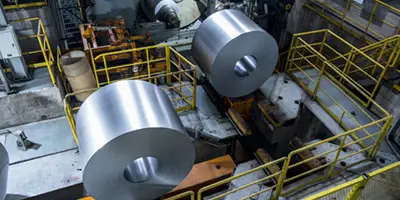

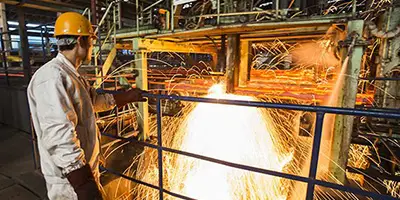
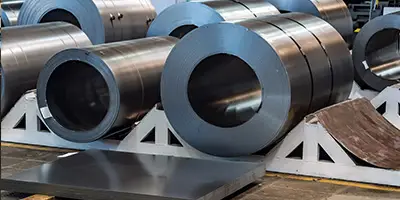

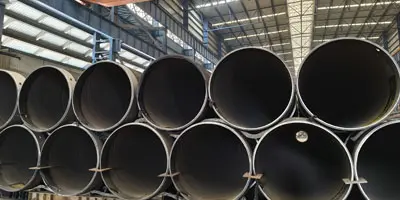
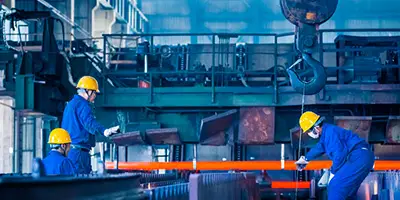
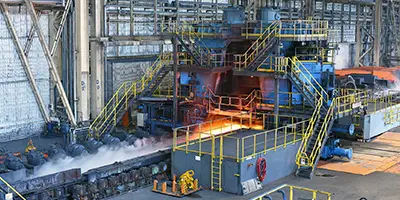
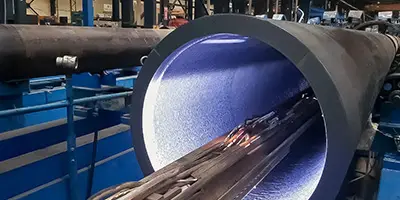
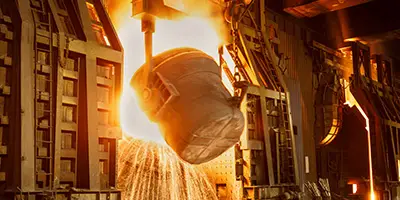
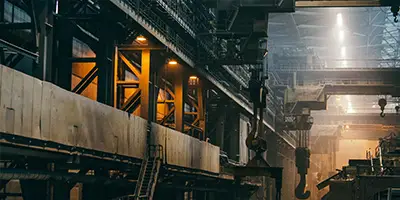

 Phone :
Phone :  Whatsapp :
Whatsapp :  Email :
Email : 


